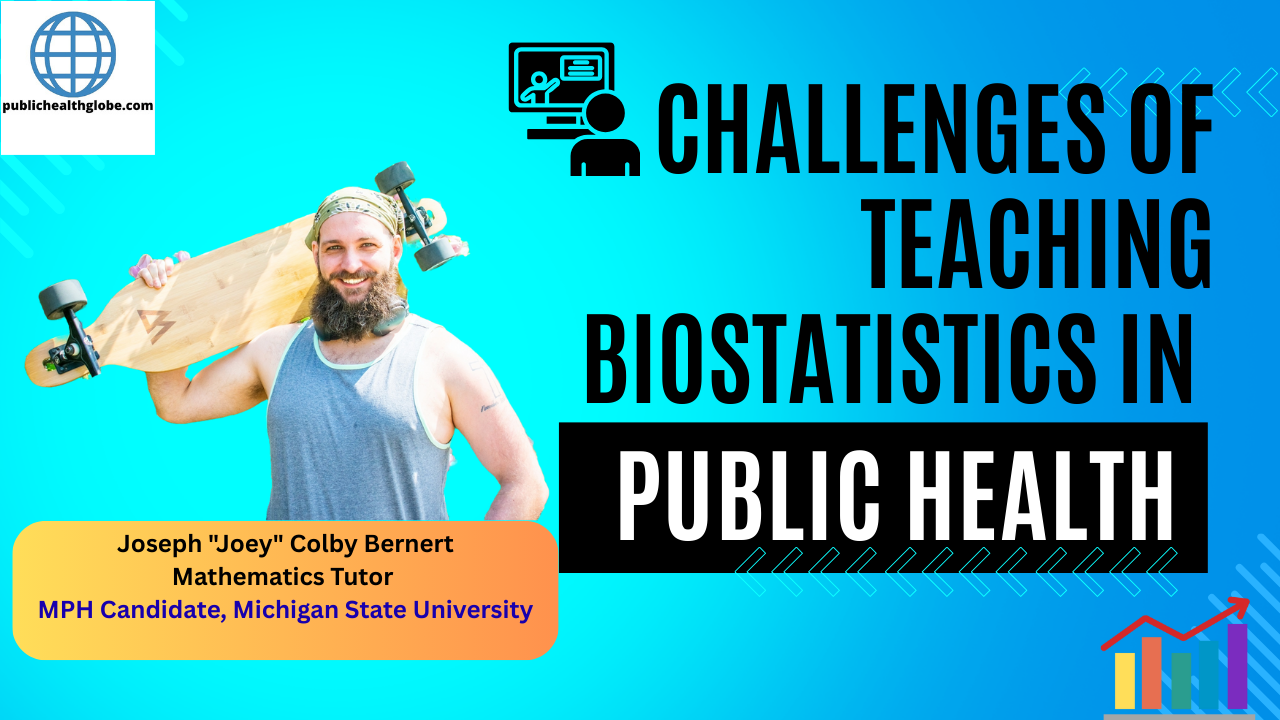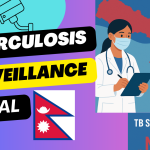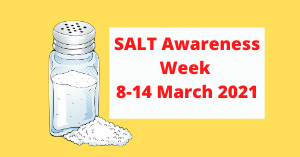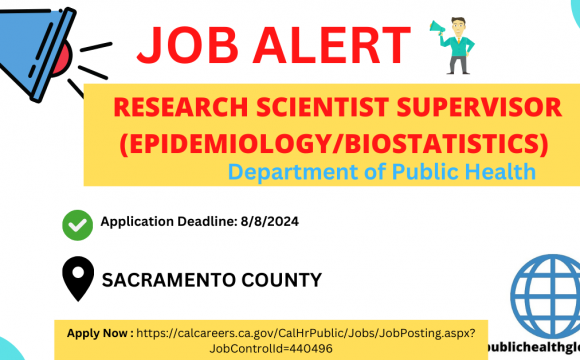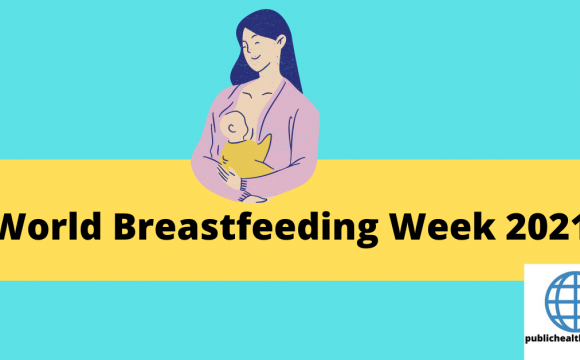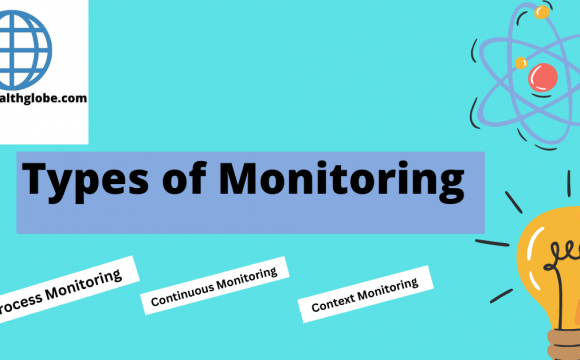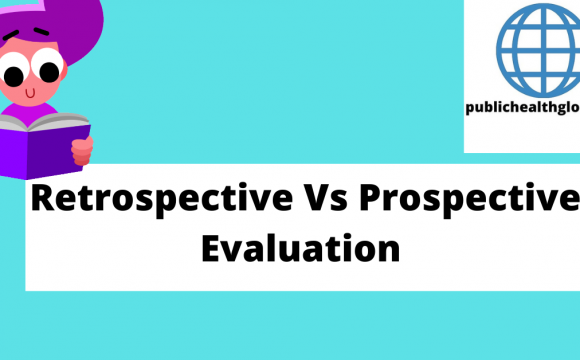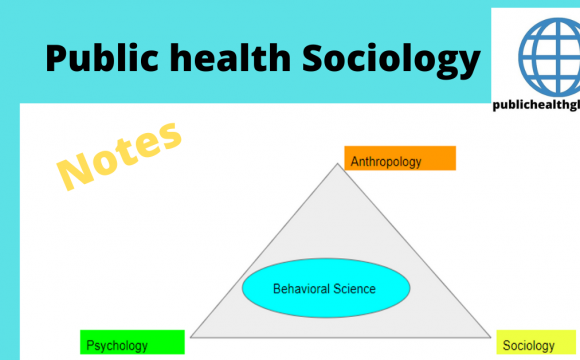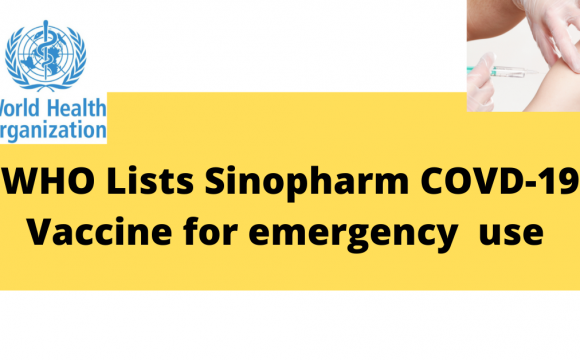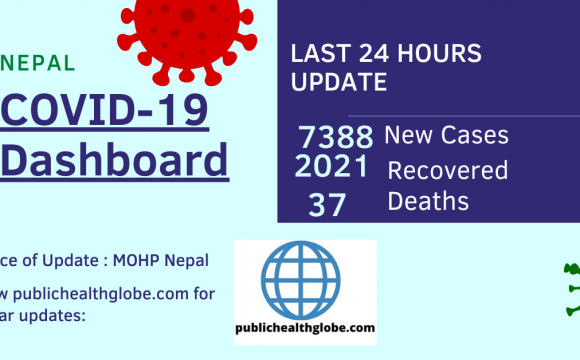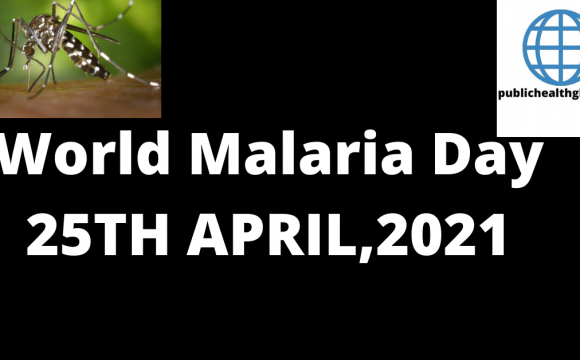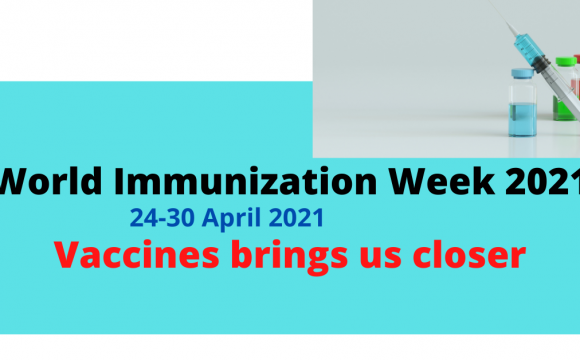Public Health Tutor’s journey of teaching experience
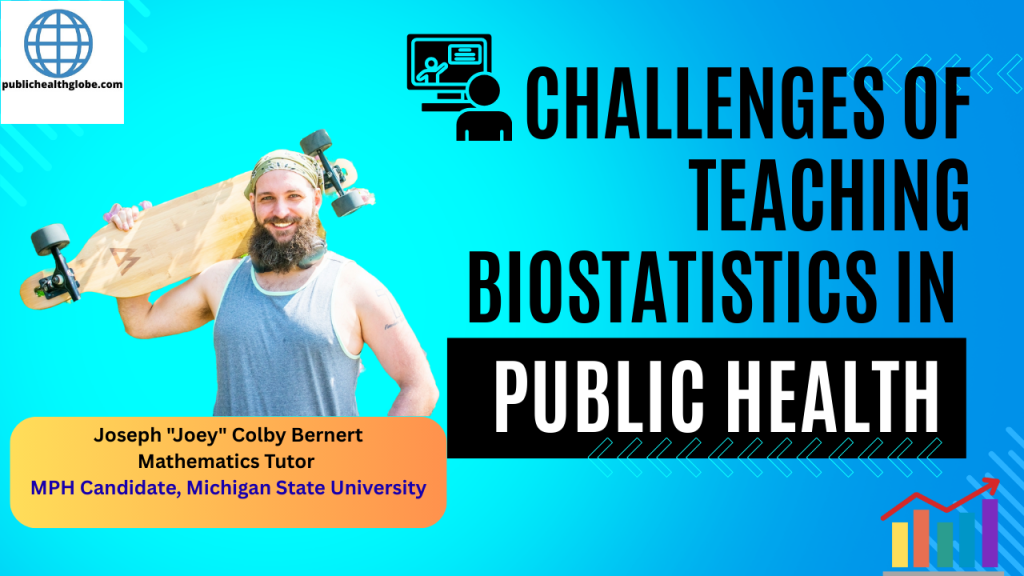
When I began tutoring mathematics and statistics for public health students, I expected the
biggest challenge to be explaining complex formulas. I quickly learned the real hurdles lie
elsewhere. Many students arrive with a history of math anxiety. I think back to my own
experience: I failed my first college math course at 17 while attending community college. For
years afterward, I saw numbers as a gatekeeper rather than a tool
I often share this experience with students to show them that mathematics is not impossible. I
taught myself math through YouTube and Khan Academy, and I still recommend these resources
to students. Access to alternative lectures can help meet the needs of those whose learning styles
differ from traditional classroom instruction.
I have also seen that some students struggle to connect theoretical lessons to the imperfect and
often messy realities of public health data. Even those who can carry out calculations sometimes
hesitate when asked to interpret results or apply them to real-world problems. This gap is not
limited to biostatistics. In epidemiology tutoring, for example, I have worked with students on
case control studies, walking them through how controlled variables operate and why these
distinctions matter for drawing sound conclusions.
What I have found most effective is incorporating scaffolding and metacognitive prompts into
tutoring. Scaffolding means breaking skills into progressively more complex steps. For example,
when teaching logistic regression, I start with the concept of probability, then move to binary
outcomes, and then to odds ratios. Only after students are comfortable with these building blocks do I
introduce the full regression model. This stepwise approach prevents cognitive overload and
makes advanced topics more approachable.
Metacognitive prompts help students become aware of their thought processes when solving problems.
Mathematics becomes less intimidating when you stop rushing to an answer and instead work
with students to explain how they know what they know. I ask questions like, What assumptions
does this test require. Why is this the right method for this dataset? How would you explain this
finding to a non-technical audience or to someone in high school? The pause created by these
questions surfaces gaps before they harden into errors. It creates space for a genuine
conversation about the problem at hand and helps me gauge a student’s internal reasoning.
I work retrieval practice into sessions. After working through a method, I will circle back 15 or
20 minutes later, ask the student to recall the process without notes. This simple technique
strengthens memory and reveals which parts of the method are solid and which need
reinforcement. Interleaving related topics has a similar benefit. For example, when covering
hypothesis testing, I mix in questions about confidence intervals and effect sizes so students
learn to distinguish when and why each tool is used.
Another technique I incorporate is progressive problem transformation. I begin with a relatively
straightforward question, then introduce small complications, an additional variable, a change in
measurement scale, or a section of missing data, and ask students to adapt. This mirrors the way
real public health analyses evolve and teach flexibility in the face of uncertainty.
I also spend time on sample sizes and different types of sampling methodologies. When I was
completing my master’s in social work, I had a professor who taught sampling with a clarity that
stayed with me. I bring this into tutoring because understanding how a study is designed and how
participants are selected is critical to interpreting results. It connects the mechanics of analysis to
the larger process of research design, which is a skill every public health professional needs.
The final concept I incorporate is something called spiral review. I revisit core concepts and
progressively increase the level of complexity over time. For example, I might introduce the idea
of confounding early in a course, return to it when teaching multivariable regression, and then
revisit it when discussing causal inference. Each pass deepens understanding and helps
students connect earlier lessons to more advanced applications.
I have never liked textbook problems because they present a frictionless world. The solutions are
tidy, the numbers are clean, and the path to the answer is rarely in doubt. Public health data is the
opposite: messy, incomplete, and imperfect. This forces students to make decisions and defend
them. By using data drawn from local health department records, state surveillance reports, and
community health surveys, I can create problems that require both technical skill and critical
judgment.
The pedagogy best suited for teaching statistics in public health lives at the intersection of theory
and reality. This is where statistical thinking becomes a professional skill rather than a sterile
academic exercise. These types of exercises allow students to see that numbers are not a barrier,
but a tool for understanding and improving the world.
Public health encompasses a wide range of professions in which the data we work with can affect
entire communities. Statistical literacy is not optional; it is foundational. Public health
professionals must be able to interpret evidence with nuance, adapt methods to imperfect
realities, and communicate findings in ways that prompt action. We should be teaching students
to move beyond the sterility of calculation toward critical engagement with data. I do not teach
students simply to pass exams; I teach them so they can interact with data critically, with both
clarity and integrity, when the stakes are highest.

